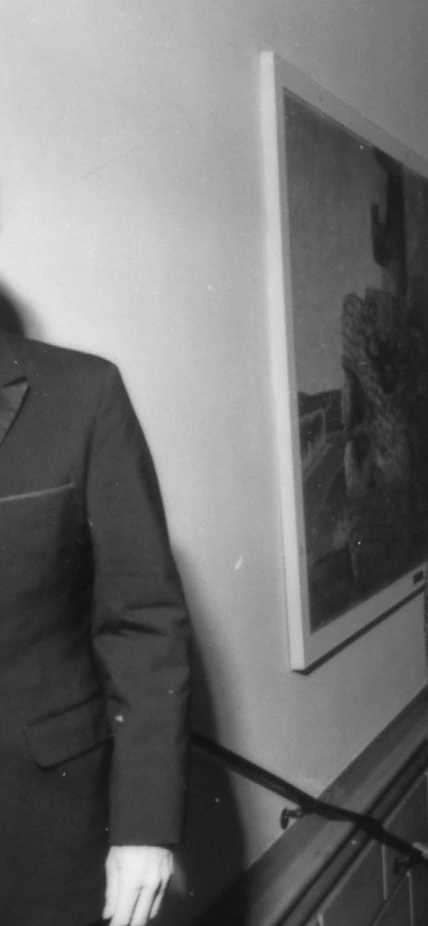Washington, DC—The estate of the late Carnegie physicist and historian Louis Brown, who died in 2004, and his wife Lore, who died late last year, included a bequest of $4.5 million to support research about the Solar System’s formation and evolution, as well as the planet’s dynamic interior processes.
Lou Brown joined Carnegie in 1961 and, for the next 15 years, headed up the nuclear physics program at the Institution’s former Department of Terrestrial Magnetism, which is now part of our Earth and Planets Laboratory.
Eventually, his work shifted to instrumentation for isotope geology. He was involved with designing and constructing several generations of mass spectrometers, which he used to advance knowledge of the subduction process by which Earth’s crust is recycled into the mantle. At the time of his death, he was working on a spectrometer to study meteorite samples.
Later in life, Lou Brown developed an affinity for writing history, in addition to his scientific pursuits. He chronicled the use of radar in World War II and had just completed a history of Carnegie’s Department of Terrestrial Magnetism when he died.
His wife, Lore Brown, remained connected to Carnegie’s Broad Branch Road campus for the next 17 years, attending events and maintaining personal relationships with several members of the Carnegie staff.
“This incredibly generous gift is a testament to the enduring sense of community at Carnegie,” said President Eric D. Isaacs. “It will allow us to pursue new and exciting science in the areas of geochemistry and cosmochemistry—from the formative years of our Solar System to Earth’s ongoing evolution—preserving the legacy of Lou Brown’s scientific contributions through the work of future generations.”
